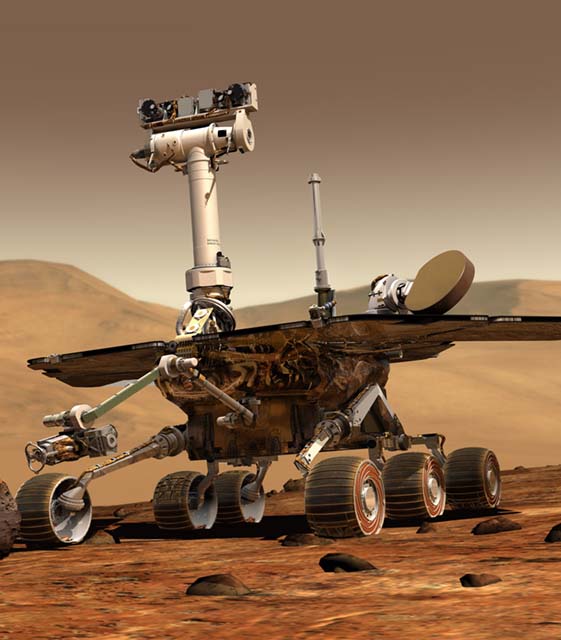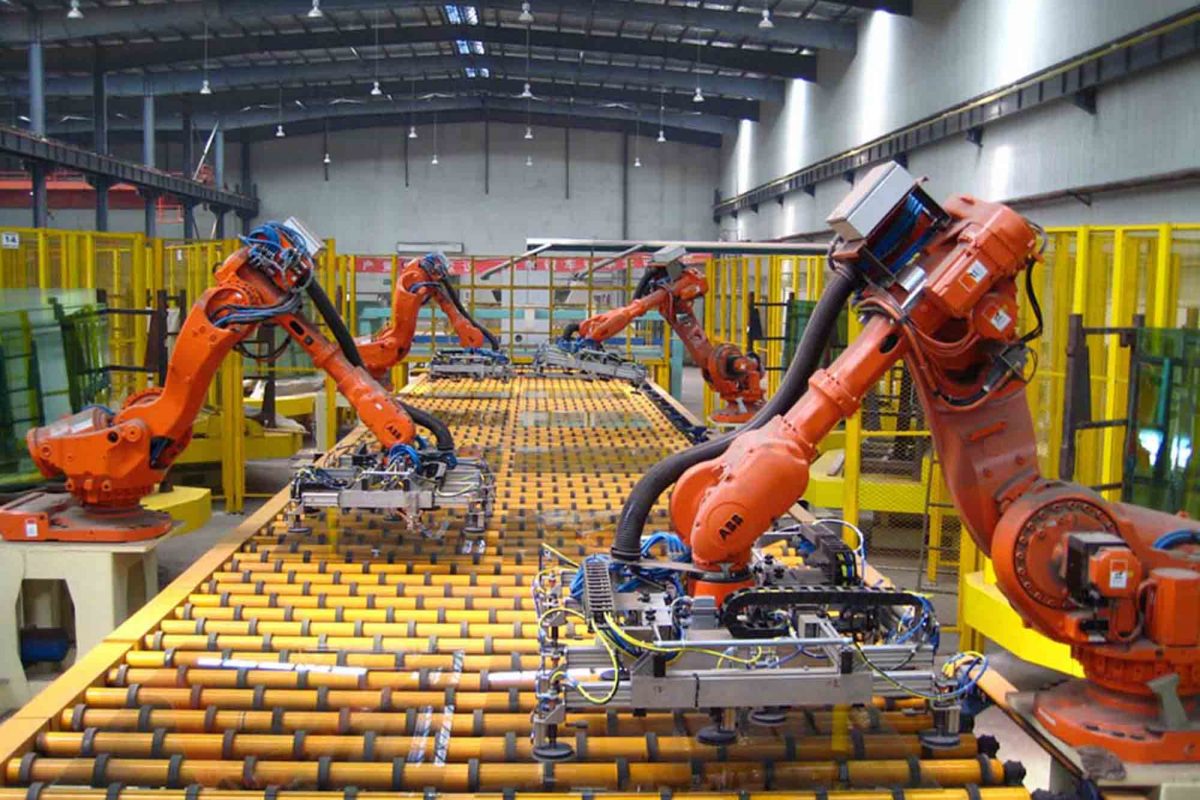
Machine Learning
Machine learning is different. Here you're not creating detailed instructions. Instead, you're giving the computer the data and tools it needs to study the problem and solve it without being told what to do. Then you're giving the computer the ability to remember what it did so it can adapt, evolve, and learn. That's not that much different from how humans learn.
Recommendation System
Recommendation systems are everywhere.
If you've ever looked for books on Amazon or browsed through posts on Facebook, you've used the recommendation system without even knowing it. With online shopping, consumers have nearly infinite choices.
No one has enough time to try every product for sale. Recommendation systems play an important role in helping users find products and content they care about without having to spend all their time digging through things they won't like.
Behind the scenes, these systems are powered by a recommender function. A recommender function takes in information about the user and predicts the rating the user would give the product.
If you can predict the user's rating for a product before the user even sees the product, that's very powerful. That means you can show the user only the things they would like the best and not waste their time with products they won't care about.
If you've ever looked for books on Amazon or browsed through posts on Facebook, you've used the recommendation system without even knowing it. With online shopping, consumers have nearly infinite choices.
No one has enough time to try every product for sale. Recommendation systems play an important role in helping users find products and content they care about without having to spend all their time digging through things they won't like.
Behind the scenes, these systems are powered by a recommender function. A recommender function takes in information about the user and predicts the rating the user would give the product.
If you can predict the user's rating for a product before the user even sees the product, that's very powerful. That means you can show the user only the things they would like the best and not waste their time with products they won't care about.





